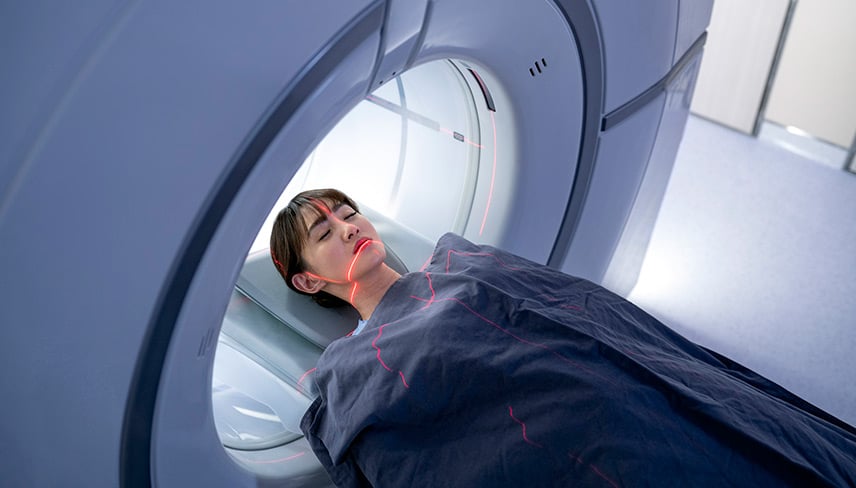Navigating China's NMPA Program for Medical Device Manufacturers

24 Jul 2024
Essential Steps and Insights for Successful Market Entry into China
In recent years, China has become a burgeoning market for medical device manufacturers, presenting both vast opportunities and regulatory hurdles. As a large importer of medical devices, China is often on the short-list of target countries but the process for clearance can be overwhelming and unclear. Central to access for the China market is to having medical devices registered at the National Medical Products Administration (NMPA), the regulatory body responsible for overseeing medical devices' safety, efficacy, and quality in China. To successfully navigate the Chinese market, understanding the step-by-step process within the NMPA program is crucial.
In October 2021, the NMPA released its announcement No. 126 of 2021 – Regulations on the Self-Testing of NMPA Medical Device Registration. This was a significant win for the medical community. As a result, it is now acceptable for medical device applicants to submit a self-testing report for NMPA registration. The self-testing report can be from an applicant's internal test lab or from an CMA accredited third-party testing lab located in China.
As a third-party testing laboratory, we've seen manufacturers utilize the self-testing report for NMPA Medical Device Registration to their advantage. Following the step-by-step process below and leveraging the new Regulation, market entry to China may be more straight forward than you think!
- Classification and Registration Type: The NMPA categorizes medical devices into different classes based on risk levels. Understanding the classification of your device is essential, as it determines the registration pathway. Class I devices typically undergo a simpler NMPA filing process, while higher-risk devices require NMPA registration, which may require additional scrutiny. For example, Class III and some of the Class II medical devices require clinical trials.
- Preparation and Documentation: The journey begins with thorough preparation and meticulous documentation. Manufacturers must compile comprehensive technical files, including the following detailed items, but not limited to:
- Product risk management file (RMF)
- Product technical requirement (PTR)
- Product non-clinical testing reports per China GB/YY standards
- Clinical data, if applicable
- Product user manual, product labeling
- Manufacturer quality management system including medical device design processes related document, etc.
These documents serve as the foundation for the registration process and must comply with Chinese regulatory requirements.
- Non-clinical Testing: In most cases, the NMPA requires in-country testing to verify the device's compliance with China GB/YY regulatory standards. These tests may be conducted by the manufacturer's internal test lab, or by CMA-approved authorized testing laboratories such as Intertek. With this recent change in the NMPA process, engaging with a "CMA accredited Third-Party Testing" laboratory is easier than ever. Previously, in-country testing requirements with government run labs caused long lead times and extended turnaround for market entry. Now, manufacturers can work directly with industry-leading medical experts to meet testing requirements.
- Labeling and Packaging Compliance: Manufacturers must ensure that their devices meet the NMPA's labeling and packaging requirements. This includes providing instructions for use in Chinese, accurate product information, and appropriate labeling for the intended users.
- Submission of Registration Application: Once the documentation is completed, and the device's classification is determined, the manufacturer submits the registration application to the NMPA. This application includes all relevant product technical documents, labeling information, product testing reports, and any required clinical data.
- Review and Evaluation: The NMPA conducts a thorough review and evaluation of the submitted application. This process involves assessing the device's safety, efficacy, and quality based on the provided documentation. For certain devices, especially those in higher-risk categories, clinical trial data may be required to support the application. The review and evaluation timeframe are the following:
- 90 working days for Class III medical devices.
- 60 working days for Class II medical devices.
- One year for deficiency submission (excluded from evaluation timeframe).
- 60 working days for evaluation after response.
- Quality management system inspection: While the medical device is submitted for NMPA registration reviewing, if it is deemed necessary to conduct quality management system inspection, NMPA will notify the National Bureau of Audit and Inspection Center to carry out this activity according to relevant requirements. Therefore, the manufacturer shall be ready for this quality management system inspection.
By following these steps and adhering to NMPA regulations, medical device manufacturers can navigate the regulatory landscape in China successfully. While the process may seem daunting, seeking expert guidance and working with CMA-approved third-party testing labs can alleviate some of the major hurdles and pain-points within the overall process.
With China's healthcare sector poised for continued growth, complying with the NMPA program is not only a regulatory necessity but also a strategic imperative for manufacturers aiming to tap into this growing market.
To learn more visit our page on China NMPA requirements.
